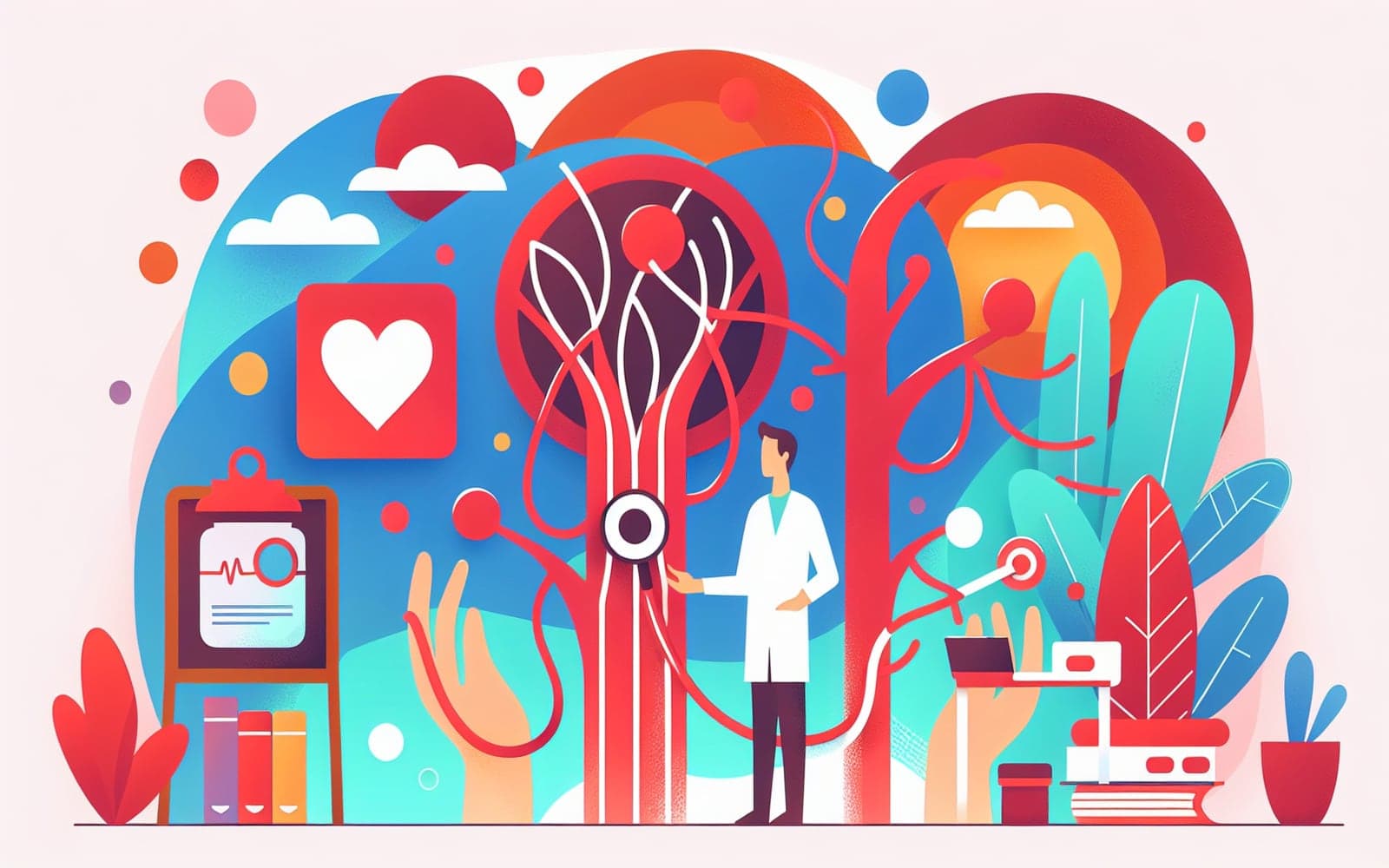When Clotting Goes Wrong: Understanding Thrombosis Symptoms
Published: Feb 18, 2024
Thrombosis, or abnormal blood clotting, can be a life-threatening condition. Recognizing its symptoms early can be the key to preventing serious complications.
Contents
Deep Vein Thrombosis (DVT): The Leg Danger
DVT occurs when a clot forms in a deep vein, usually in the leg. Symptoms include swelling, pain, warmth, and redness in the affected leg. It might feel like a charley horse that won't go away. In some cases, the leg may appear swollen and feel heavy. Not everyone experiences all symptoms, and sometimes DVT can be 'silent'.
Pulmonary Embolism: When Breathing Becomes Difficult
If a clot breaks free and travels to the lungs, it causes a pulmonary embolism (PE). Symptoms include sudden shortness of breath, chest pain (especially when breathing deeply), rapid heartbeat, and coughing (sometimes with bloody mucus). Some people describe it as feeling like they've run a marathon while sitting still. PE is a medical emergency requiring immediate attention.

Arterial Thrombosis: Starving Tissues of Oxygen
Clots in arteries can cut off blood supply to vital organs. Symptoms depend on the affected area. A heart attack from coronary thrombosis causes chest pain, shortness of breath, and sometimes nausea or lightheadedness. Stroke from cerebral thrombosis can cause sudden weakness, speech problems, or vision changes. Quick action is crucial in these situations.
Frequently Asked Questions
Yes, factors like immobility, surgery, and certain medical conditions increase risk.
Often yes, through medication, compression stockings, and lifestyle changes.
Through physical exams, blood tests, and imaging studies like ultrasounds or CT scans.
No, but unexplained chest pain should always be evaluated promptly.
Key Takeaways
Recognizing thrombosis symptoms can save lives - when in doubt, seek medical attention promptly.
Concerned about your risk for thrombosis? Discuss your symptoms and risk factors with Doctronic for personalized guidance.Related Articles
References
Overview of the causes of venous thrombosis
Furie B, Furie BC. Mechanisms of thrombus formation. N Engl J Med 2008; 359:938.
Always discuss health information with your healthcare provider.

